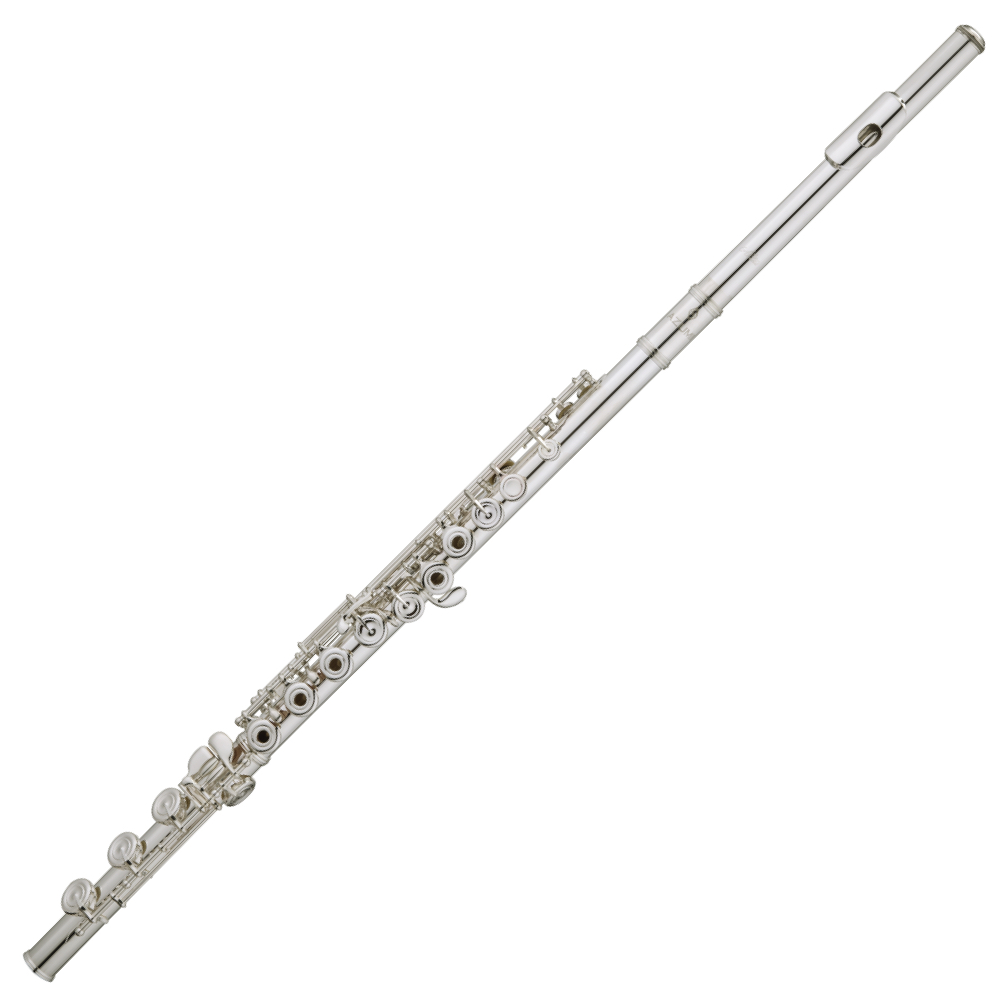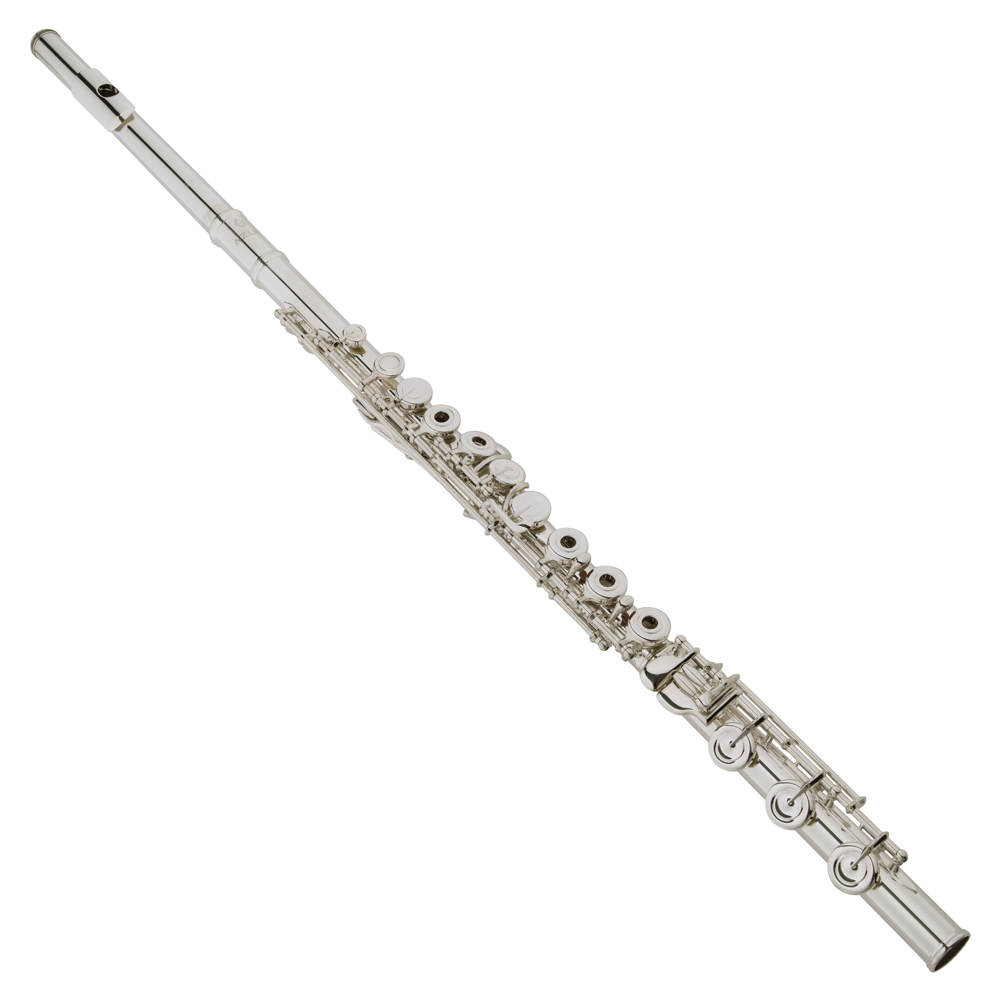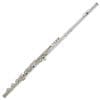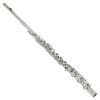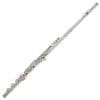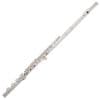Azumi AZ-S2RBEO intermediate flute – B foot, Britannia silver S-cut headjoint, silver-plated nickel silver body, split E, offset G, open hole keys, French case and cover
Azumi presents an instrument infused with the essence of the Altus DNA, cherished by the most accomplished flutists worldwide. With its impeccable harmonic balance and thoughtfully calibrated scale, embark on a delightful flute journey that will fill your life with joy.
Key features:
– Britannia silver headjoint: The tonal character of this series is supported by the use of 958 Britannia silver for the headjoint.
– S-cut headjoint: Renowned for producing the trademark Altus sound, this headjoint provides vibrant warmth with excellent projection. Its pure tonal center offers the artist great flexibility within an infinite color palette.
– Altus scale: Based on the work and recommendations of renowned British flutist William Bennett, the Altus Scale offers excellent intonation, carefully tuned harmonics, and balanced registers.
– Pointed key arms: Usually reserved for professional models, all Azumi Flutes feature pointed key arms for an elegant and refined look, improved key strength, and even pad wear. The pointed arms connect the key hinge tube to the key cup at the back and across the top of the key, ending in a point in the center of the cup.
– Open holes: An open hole flute has holes at the center of the A, G, F, E, and D keys. Open holes are the standard among intermediate flutes and are the preference of the majority of flutists.
– B footjoint: The B foot reaches down to a low B, one half-step lower than the C footjoint. It has one more key and the length of the tube is extended by about one inch. The B footjoint also adds weight to the overall instrument which increases resistance and results in producing an overall darker tone versus the brighter tone of a C footjoint. The B footjoint improves the overall pitch of the third octave. The B footjoint is the standard choice on flutes above the student level. All Azumi flutes come with a B footjoint.
– Split E mechanism: The Split E mechanism is designed to make the high E more responsive.

